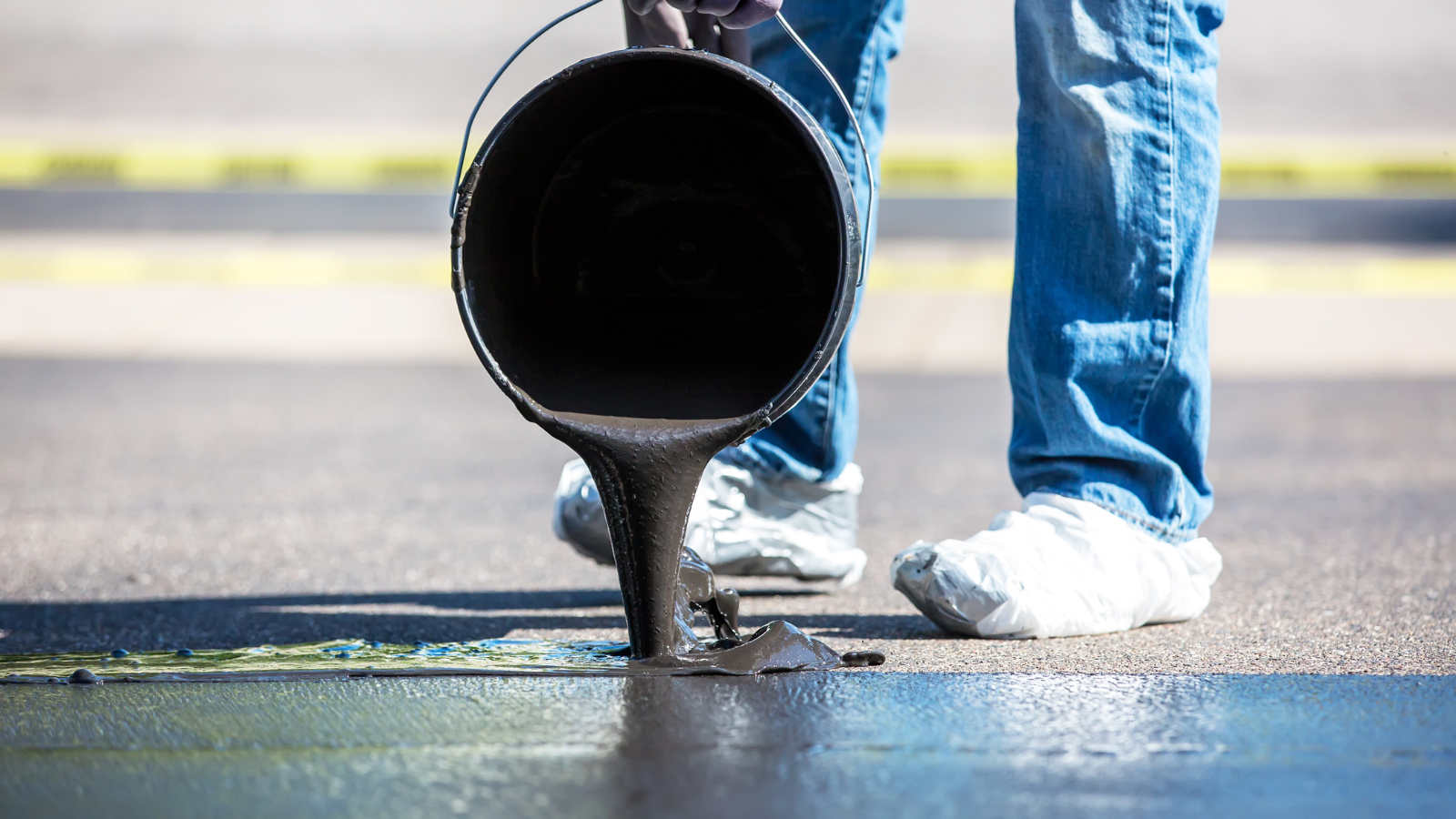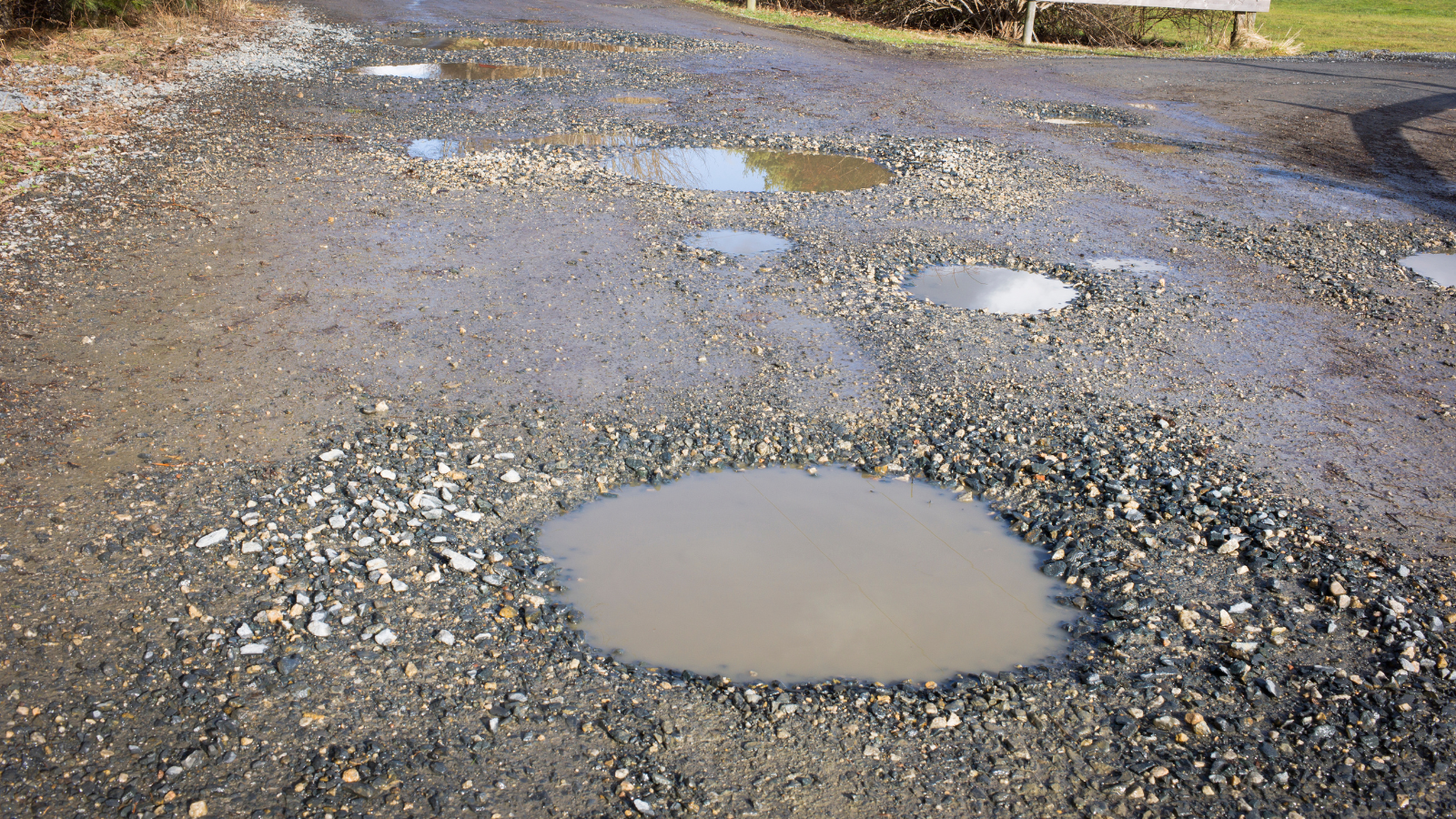I frequently have meetings in New Jersey with potential clients for property management to talk about pavement seal coating. The fact that the seal coating applications do not last as long in this market as they do in other markets where they manage properties is one of their main complaints. They have a valid complaint. In actuality, it is really true.
All eyes are on the Rock.
We must first look at the sort of stone utilized in the asphalt in order to comprehend why pavement sealers do not last as long in this market as they do in other nearby places. There are no quarries in New Jersey that have aggregate deposits utilized to make hot mix asphalt. The “sand pits”—or simply “pits”—in southern New Jersey and Delaware are renowned for their abundant sand deposits (as they are referred to). High-quality sands, including septic sand and the actual sand used as mineral filler in hot mix asphalt, are dredged from these sand pits. Because of this, Eastern Pennsylvania quarries have historically trucked aggregate (also known as a rock) into this area to be utilized in the production of hot-mix asphalt.
In order to make their asphalt, several asphalt mills in New Jersey employ an argillite aggregate. In Pennsylvania, a number of sizable argillite stone resources are mined, processed, and then transported by truck to nearby asphalt manufacturing facilities.
However, the argillite aggregate seems to oxidize much faster than the conventional granite stone used to make asphalt in other regions of New Jersey. I am not a geologist, so I am unsure of why.
Pavement sealer will seldom ever stick to argillite after it starts to oxidize (become gray).
I was successful in securing a sizable national account as a client within my first year of operation. They handed me a property in Voorhees, New Jersey, as my first assignment. The parking lot was just a few years old, but the asphalt was quite smooth and gray when I went to the project to execute the seal coating estimate. My supplier, Neyra Industries, advised using a penetrating primer before seal coating when I contacted them for advice.
They advised me to apply a seal coating, and it lasted for approximately five years after that.
It’s important to Sealcoat at the Right Time.
You normally won’t have bonding problems with pavement sealer if you apply it within 18 months after the installation of the asphalt. Much of the aggregate is still covered in the asphalt binder throughout the first 18 months. However, if the asphalt starts to “gray out,” it will become difficult to get the pavement sealer to stick in high-traffic areas due to bonding problems.
How Does Pavement Priming Work?
Pavement priming entails coating the surface with a penetrating primer, such as Southern Emulsions Tarloc MPC, Maintenance Inc. Oxi-Bond, or Neyra Poly Prime. The primer penetrates deep into the asphalt and aids in fusing the pavement sealer to the asphalt by acting as a cohesive, comprehensive bonding medium.
What Happens If An Oxidized Asphalt Surface Is Not Primed Before Sealcoating?
Simply explained, the high-traffic areas will no longer have pavement sealer after less than a year. The images below show a New Jersey pavement seal coating project that was not prepared before seal coating, which caused the pavement sealer to wear off in less than a year.
Does Primer Need to Be Applied to Every Parking Lot in This Area for Pavement Sealer to Last 3 Years?
No. Although priming might improve the binding between the asphalt and pavement sealer, it is not necessary for all seal coating operations. As opposed to argillite, several asphalt companies in the area employ granite stone. Granite stone oxidizes, albeit considerably more slowly than argillite. The images below demonstrate the installation of asphalt using two distinct types of aggregate. For the pavement sealer to adhere correctly, the white and oxidized asphalt needs to be primed.







